Navigating the Calendar: A Comprehensive Guide to Holidays and Months in 2025
Related Articles: Navigating the Calendar: A Comprehensive Guide to Holidays and Months in 2025
Introduction
In this auspicious occasion, we are delighted to delve into the intriguing topic related to Navigating the Calendar: A Comprehensive Guide to Holidays and Months in 2025. Let’s weave interesting information and offer fresh perspectives to the readers.
Table of Content
Navigating the Calendar: A Comprehensive Guide to Holidays and Months in 2025
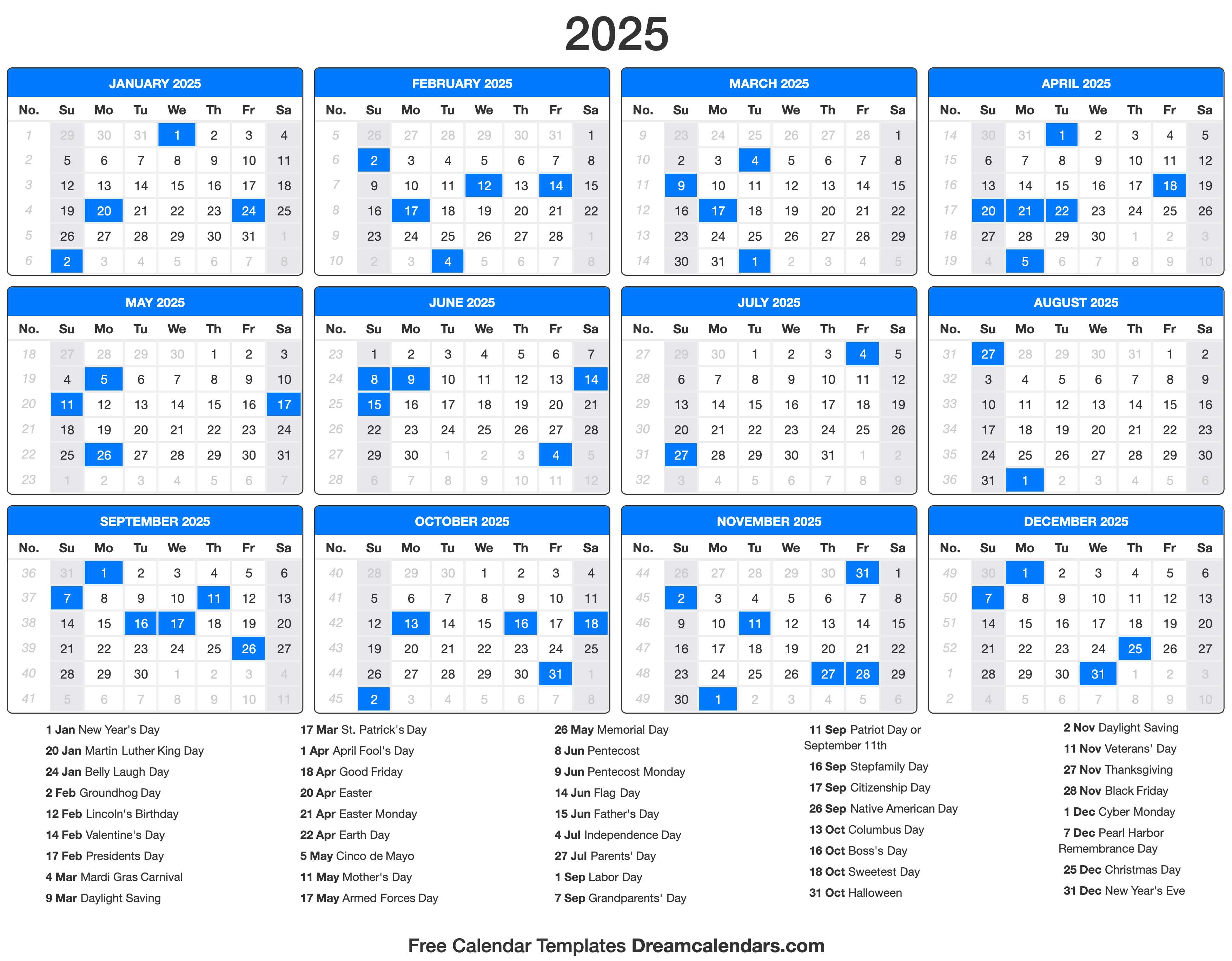
The year 2025 presents a tapestry of diverse cultural and historical celebrations, offering opportunities for reflection, commemoration, and joyful festivities. Understanding the calendar’s rhythm of holidays and months allows for a deeper appreciation of global traditions and a chance to engage with the rich tapestry of human experience.
January: A Fresh Start and a Celebration of Resilience
January ushers in the new year, a time for resolutions, fresh starts, and a sense of renewed hope. The first month of the year is also marked by several significant observances:
- New Year’s Day (January 1): A global celebration marking the beginning of a new year, filled with festivities and resolutions for the year ahead.
- Martin Luther King Jr. Day (Third Monday of January): A federal holiday in the United States honoring the life and legacy of the civil rights leader, Martin Luther King Jr.
- World Braille Day (January 4): Commemorates the birth of Louis Braille, the inventor of the braille reading and writing system for the blind.
- International Holocaust Remembrance Day (January 27): A day to remember the victims of the Holocaust and to reaffirm the commitment to fighting against intolerance and discrimination.
February: A Month of Love, Friendship, and Black History
February is a month brimming with romanticism, friendship, and a focus on celebrating Black history and culture.
- Groundhog Day (February 2): A quirky American tradition where a groundhog’s behavior is said to predict the length of winter.
- Valentine’s Day (February 14): A day for celebrating love and affection, often marked by gifts, romantic dinners, and expressions of appreciation.
- Presidents’ Day (Third Monday of February): A federal holiday in the United States celebrating the birthdays of George Washington and Abraham Lincoln.
- Black History Month (February): Celebrates the achievements and contributions of African Americans throughout history.
March: A Time for Spring and International Awareness
March welcomes the arrival of spring in many parts of the world, bringing with it renewed life and a sense of optimism. It also features several significant international observances:
- International Women’s Day (March 8): Celebrates the social, economic, cultural, and political achievements of women and calls for action to accelerate gender equality.
- World Water Day (March 22): Raises awareness about the importance of freshwater and advocates for the sustainable management of water resources.
- World Poetry Day (March 21): Celebrates the power of poetry and its unique ability to express emotions and inspire reflection.
April: A Month of Rebirth and Celebration
April marks the peak of spring in many regions, and with it comes a sense of rebirth and celebration.
- April Fool’s Day (April 1): A day for lighthearted pranks and good-natured fun.
- Easter Sunday (Variable date): A Christian holiday celebrating the resurrection of Jesus Christ.
- Earth Day (April 22): An international day dedicated to promoting environmental awareness and action to protect the planet.
May: A Time for Reflection and Commemoration
May is a month for remembering, honoring, and celebrating.
- May Day (May 1): An international workers’ holiday celebrating labor rights and achievements.
- Mother’s Day (Second Sunday of May): A day to honor mothers and express appreciation for their love and support.
- Memorial Day (Last Monday of May): A federal holiday in the United States honoring those who died in military service.
June: A Month for Pride and Summer Festivities
June marks the beginning of summer in the Northern Hemisphere and is a month for celebrating diversity and welcoming the warmth of the season.
- Pride Month (June): A month dedicated to celebrating LGBTQ+ pride and advocating for equality and inclusion.
- Father’s Day (Third Sunday of June): A day to honor fathers and express appreciation for their love and guidance.
July: A Time for Independence and Celebration
July is a month steeped in history and celebration, with Independence Day being the most prominent holiday.
- Independence Day (July 4): A federal holiday in the United States commemorating the signing of the Declaration of Independence.
- International Day of Friendship (July 30): Celebrates the importance of friendship and its power to bridge divides and foster understanding.
August: A Month for Relaxation and Reflection
August is often a time for relaxation and reflection as the summer season begins to wind down.
- International Day of the World’s Indigenous Peoples (August 9): Celebrates and promotes the rights and cultures of indigenous peoples worldwide.
September: A Time for Back-to-School and Harvest
September marks the beginning of autumn in the Northern Hemisphere and brings with it a sense of renewal and a focus on education and harvest.
- Labor Day (First Monday of September): A federal holiday in the United States celebrating the contributions of workers.
- International Day of Peace (September 21): A day dedicated to promoting peace and non-violence.
October: A Month for Halloween and Autumnal Charm
October is a month steeped in autumnal charm, with Halloween being the most prominent holiday.
- Halloween (October 31): A celebration of the spooky and supernatural, often marked by costumes, trick-or-treating, and decorations.
- World Animal Day (October 4): Celebrates the importance of animals and advocates for their welfare.
November: A Time for Gratitude and Remembrance
November is a month for expressing gratitude and remembering loved ones.
- Thanksgiving Day (Fourth Thursday of November): A federal holiday in the United States celebrating the harvest and giving thanks.
- Veterans Day (November 11): A federal holiday in the United States honoring those who served in the United States Armed Forces.
December: A Month for Holiday Cheer and Festivities
December is a month brimming with holiday cheer and festivities.
- Hanukkah (Variable date): An eight-day Jewish festival celebrating the rededication of the Second Temple in Jerusalem.
- Christmas Day (December 25): A Christian holiday celebrating the birth of Jesus Christ.
- Kwanzaa (December 26 – January 1): A seven-day African-American cultural celebration of community and self-determination.
- New Year’s Eve (December 31): A global celebration marking the end of the year, often filled with parties and fireworks.
FAQs
Q: What are the most popular holidays in 2025?
A: The most popular holidays in 2025 are likely to be New Year’s Day, Valentine’s Day, Easter Sunday, Mother’s Day, Father’s Day, Independence Day, Halloween, Thanksgiving Day, Christmas Day, and New Year’s Eve. These holidays are widely celebrated and often involve family gatherings, celebrations, and gift-giving.
Q: How can I learn more about the history and traditions of different holidays?
A: There are numerous resources available to learn more about the history and traditions of different holidays. Online encyclopedias, historical websites, and cultural organizations are excellent sources of information. Libraries and museums often host events and exhibits related to holidays, providing a deeper understanding of their significance.
Q: Are there any holidays that are specific to certain countries or regions?
A: Yes, many holidays are specific to certain countries or regions. For example, Diwali is a major festival in India, while Cinco de Mayo is celebrated primarily in Mexico and the United States.
Tips
- Plan ahead: Booking travel and accommodations in advance, especially for popular holidays, can help ensure a smooth and enjoyable experience.
- Respect local customs: When traveling to a new place, it’s important to be mindful of local customs and traditions. Researching the local customs and etiquette can help avoid misunderstandings and ensure a respectful experience.
- Embrace the diversity: Holidays provide opportunities to learn about different cultures and traditions. Embrace the diversity and appreciate the rich tapestry of human experience.
Conclusion
The year 2025 offers a rich tapestry of holidays and celebrations, each with its unique history and significance. Understanding the calendar’s rhythm of these observances allows for a deeper appreciation of global traditions and provides opportunities for reflection, commemoration, and joyful festivities. Whether celebrating with loved ones, exploring new cultures, or simply taking a moment to appreciate the beauty of the world, the holidays and months of 2025 offer a chance to connect with the shared human experience and create lasting memories.
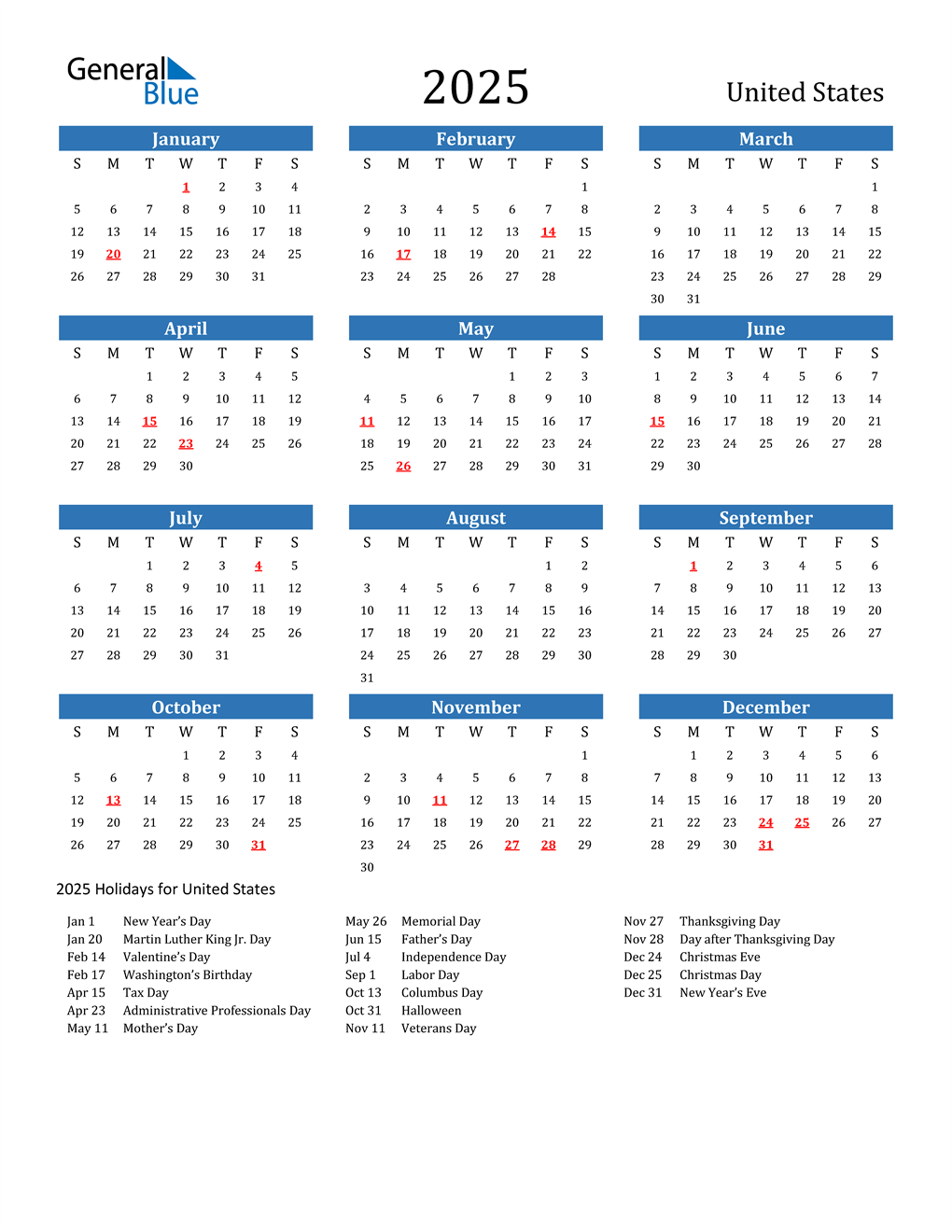
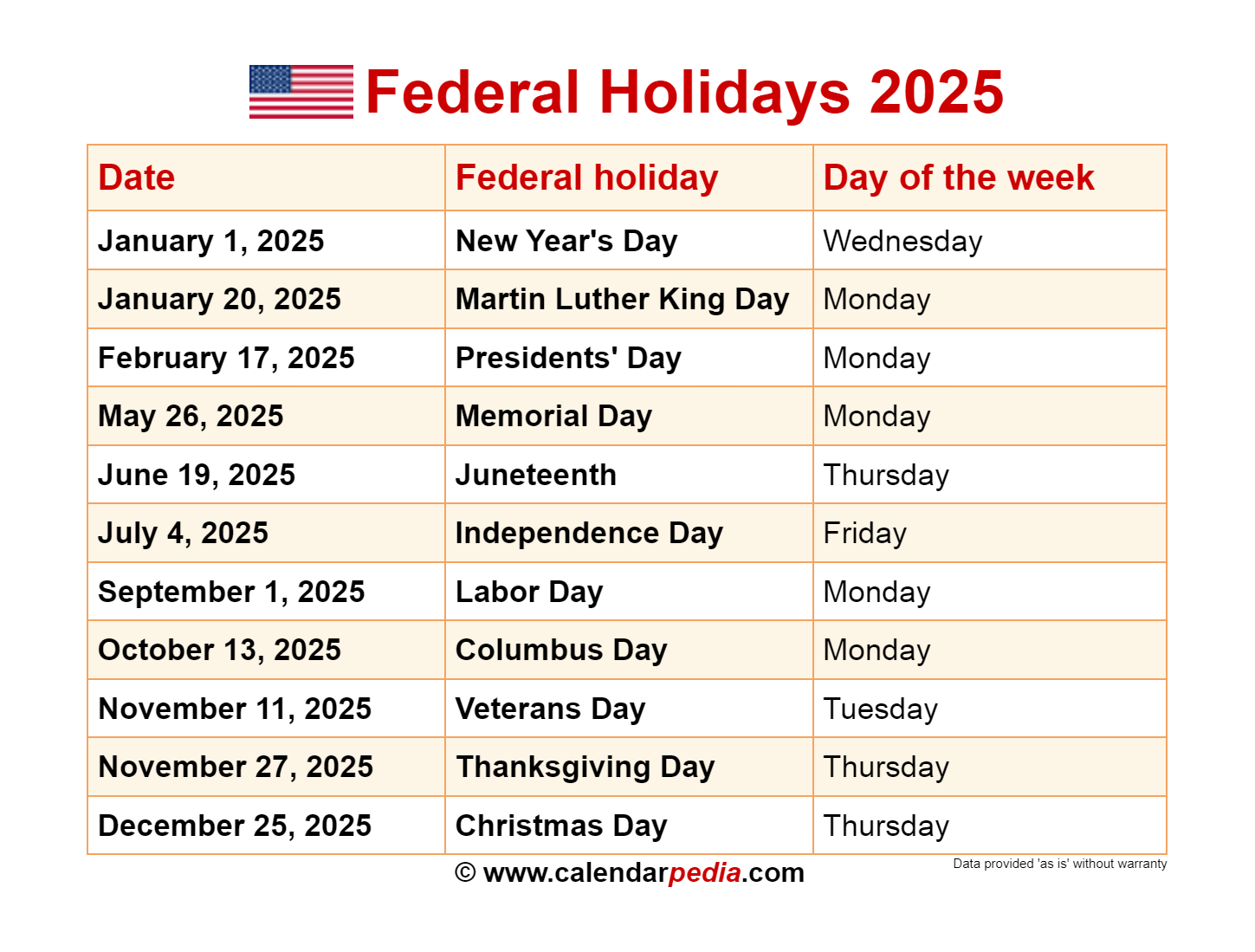
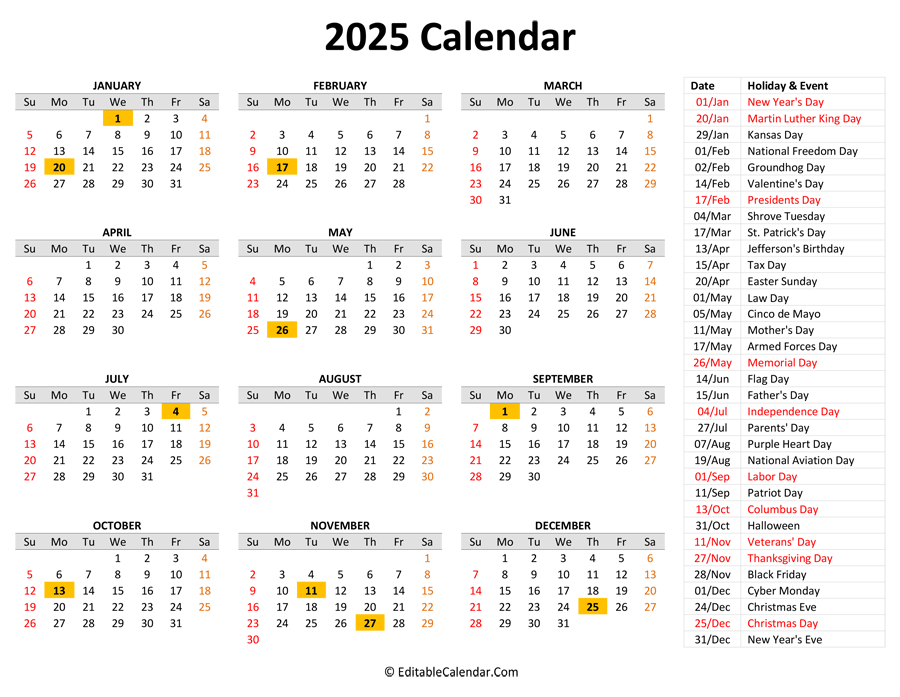
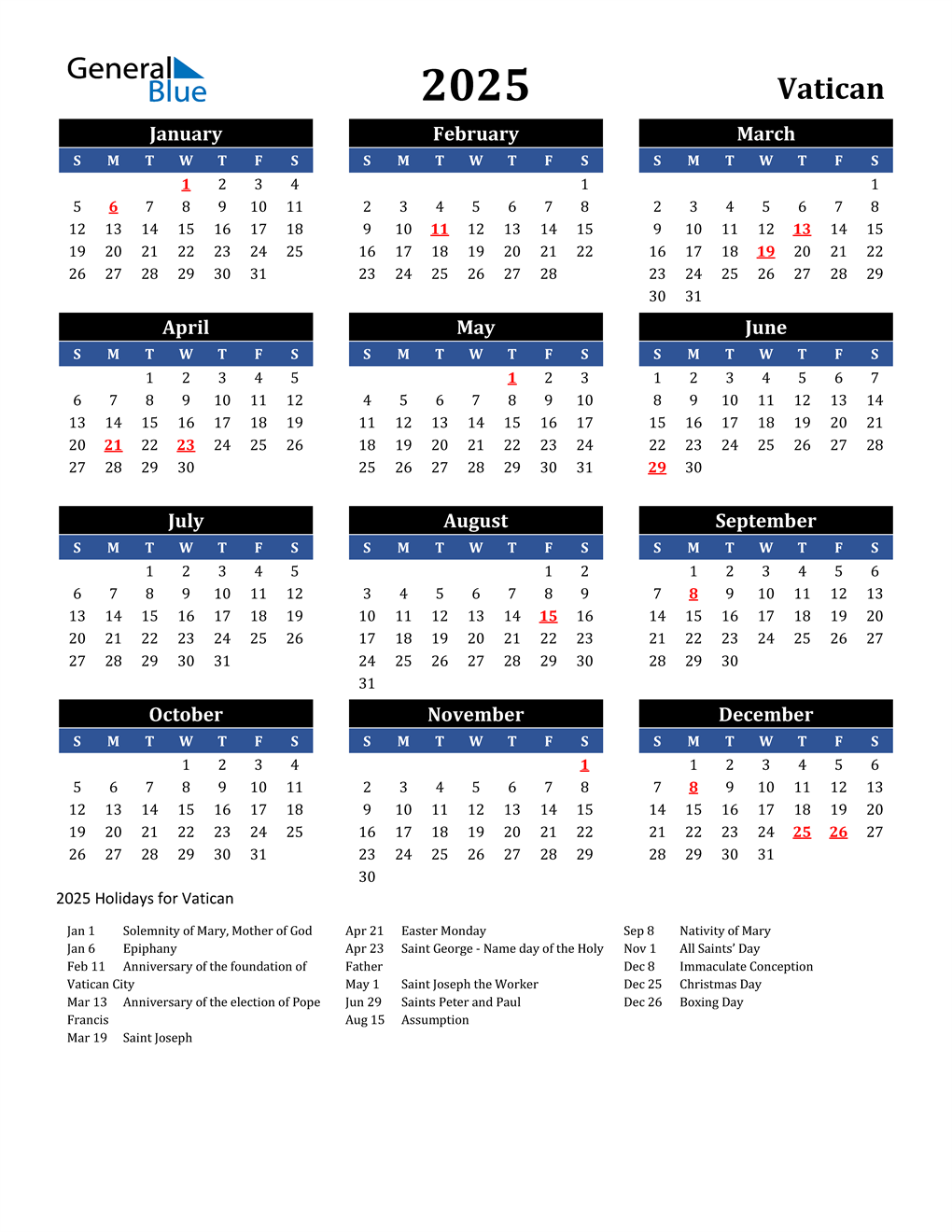
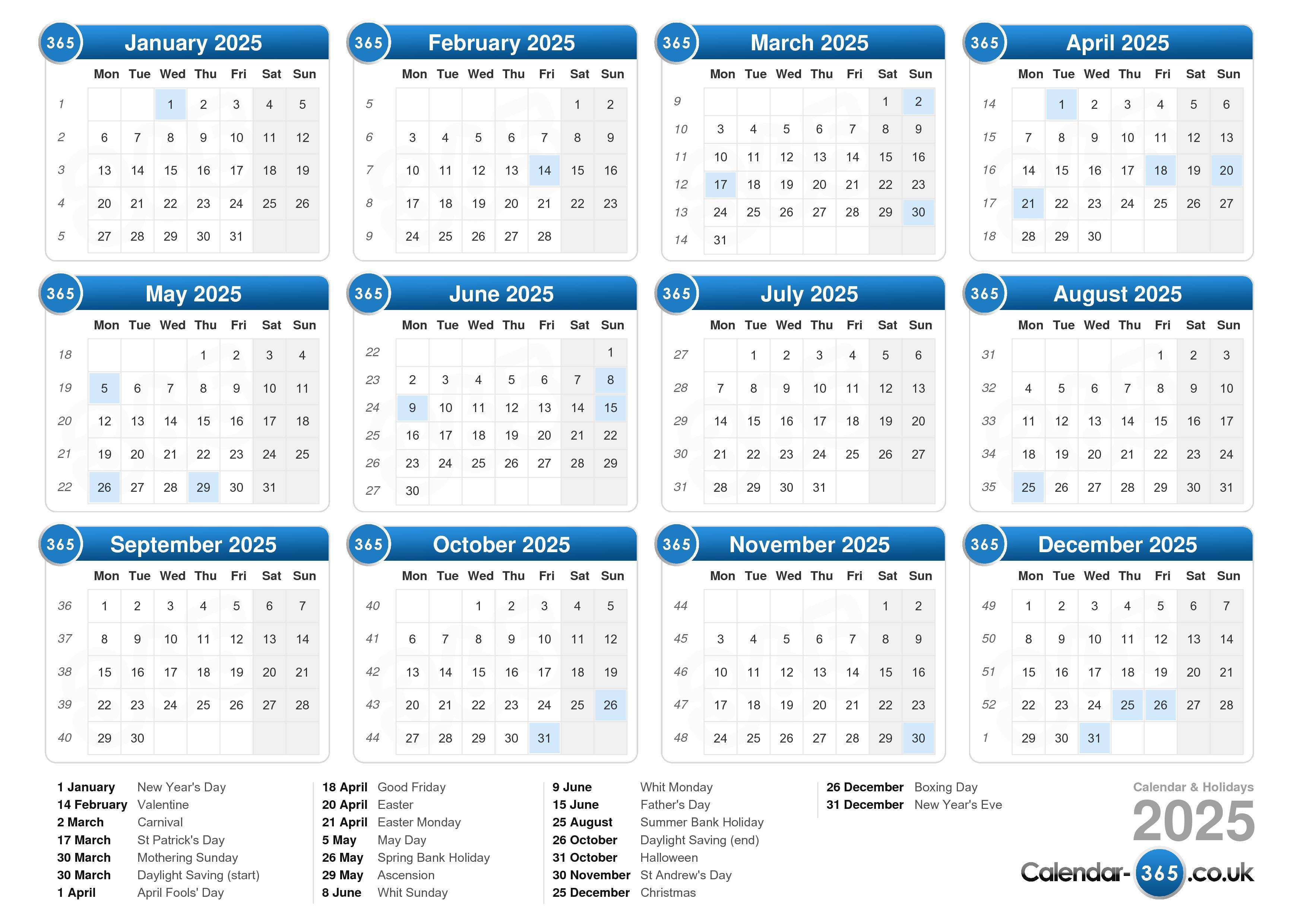
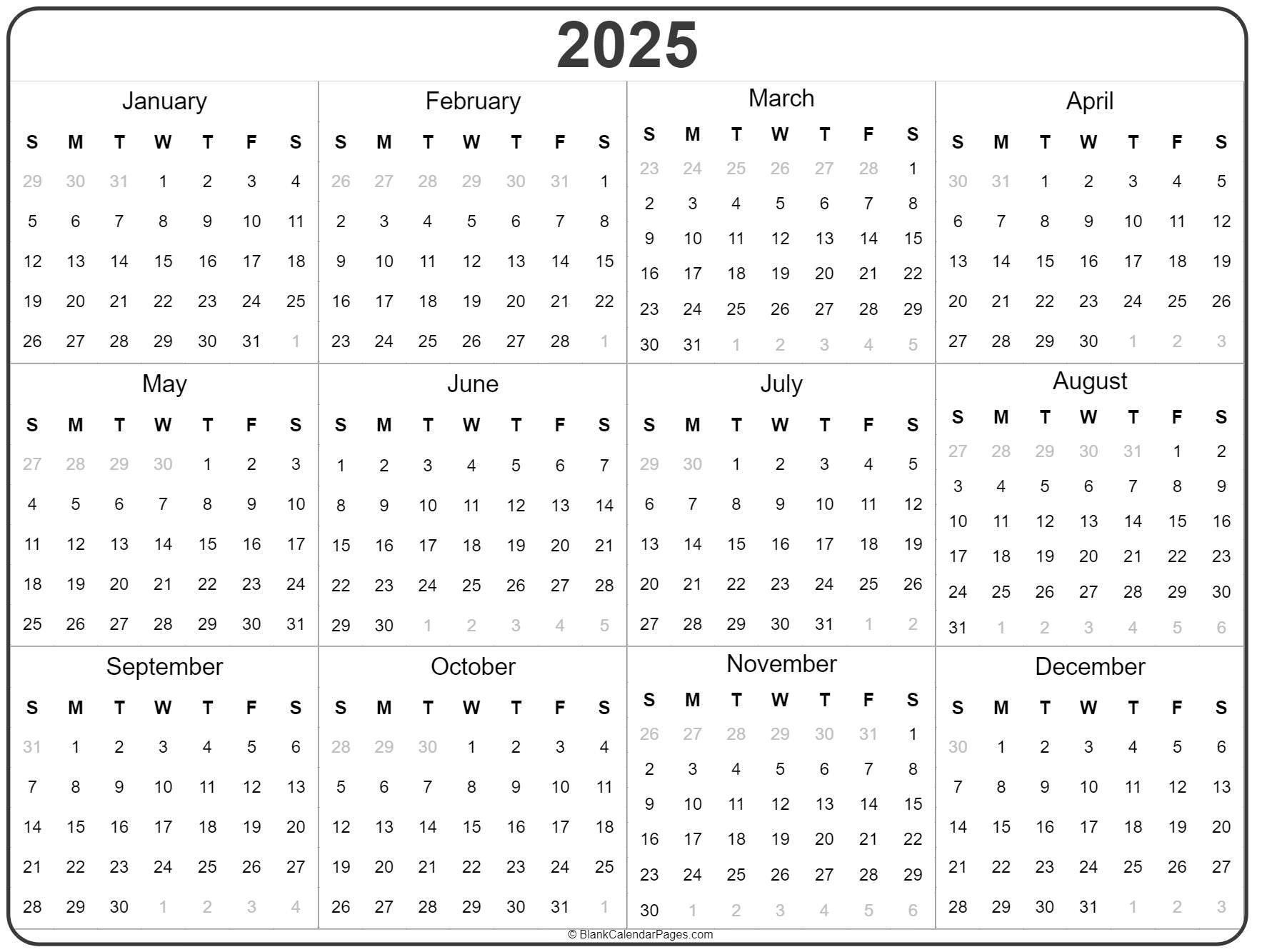
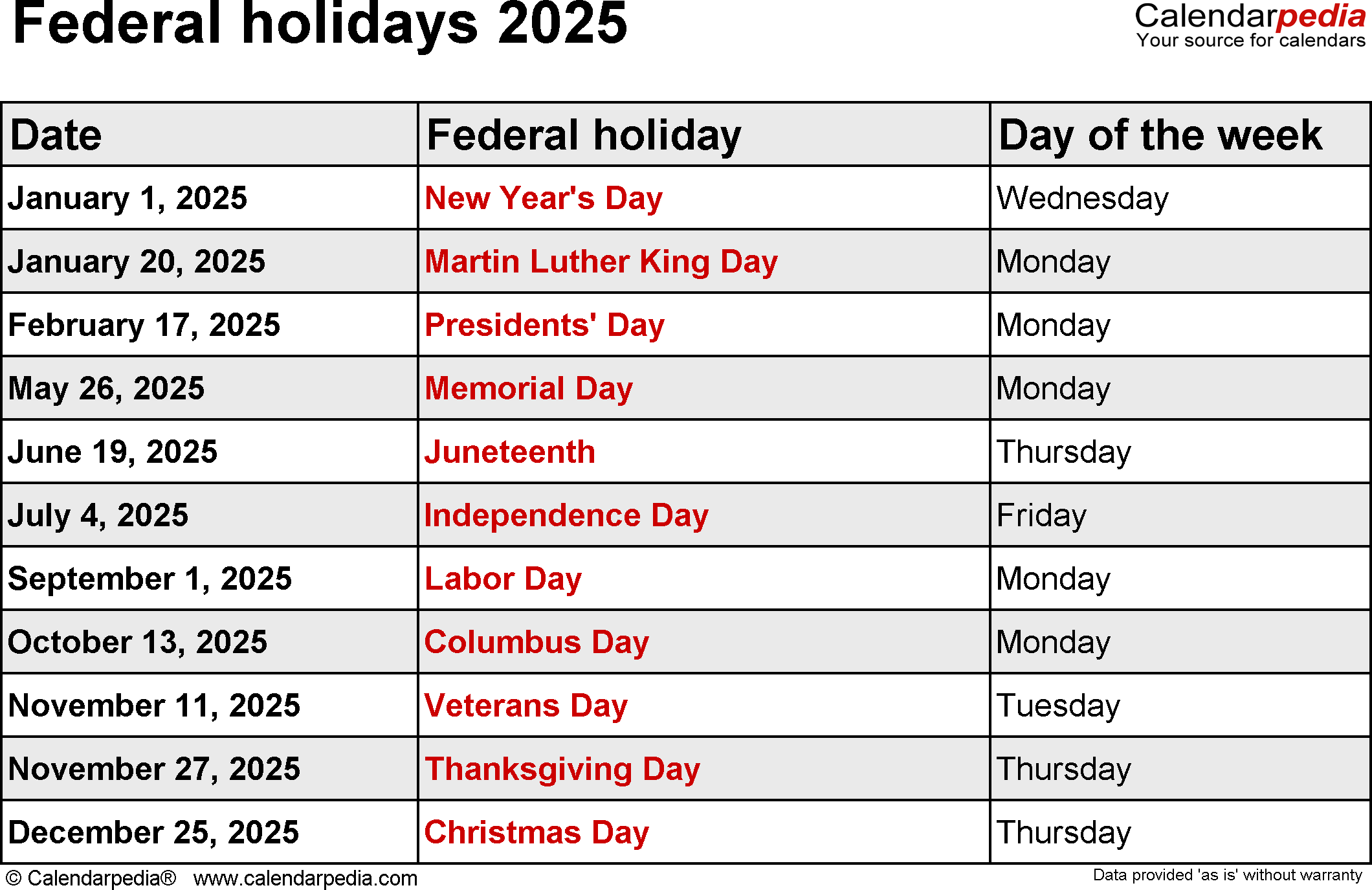
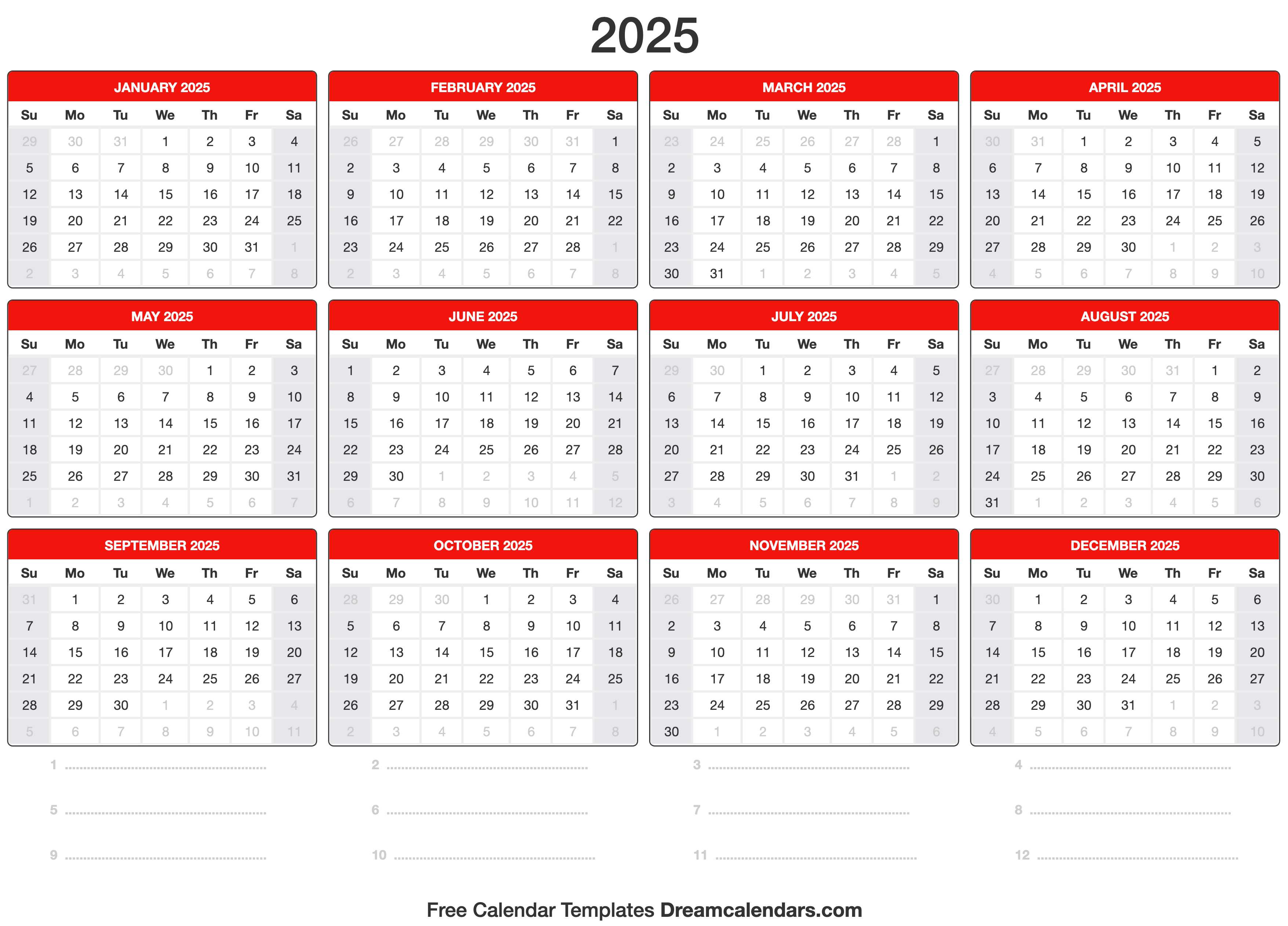
Closure
Thus, we hope this article has provided valuable insights into Navigating the Calendar: A Comprehensive Guide to Holidays and Months in 2025. We appreciate your attention to our article. See you in our next article!